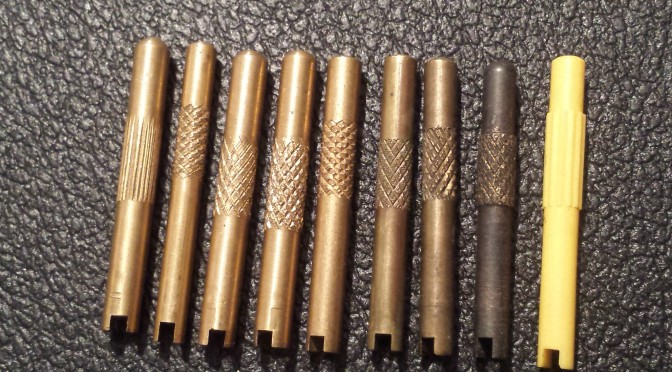


You must be logged in to post a comment.
| Cookie | Duration | Description |
|---|---|---|
| cookielawinfo-checkbox-analytics | 11 months | This cookie is set by GDPR Cookie Consent plugin. The cookie is used to store the user consent for the cookies in the category "Analytics". |
| cookielawinfo-checkbox-functional | 11 months | The cookie is set by GDPR cookie consent to record the user consent for the cookies in the category "Functional". |
| cookielawinfo-checkbox-necessary | 11 months | This cookie is set by GDPR Cookie Consent plugin. The cookies is used to store the user consent for the cookies in the category "Necessary". |
| cookielawinfo-checkbox-others | 11 months | This cookie is set by GDPR Cookie Consent plugin. The cookie is used to store the user consent for the cookies in the category "Other. |
| cookielawinfo-checkbox-performance | 11 months | This cookie is set by GDPR Cookie Consent plugin. The cookie is used to store the user consent for the cookies in the category "Performance". |
| viewed_cookie_policy | 11 months | The cookie is set by the GDPR Cookie Consent plugin and is used to store whether or not user has consented to the use of cookies. It does not store any personal data. |

Is there any discussion available on the brass extractor, e.g. in relation to the type of knurling, drawing marks, etc. that might help to identify and/or distinguish genuine items from reproduction items?
Last time I was on this site there seemed to be more general information about the tools than seems to be the case at present.
Hello, Maikel –
For information —
One of the most highly knowledgeable Jaguar tool experts in the US believes that the yellow plastic tire valve extractor was correct for the later Series 1 E-types, probably 1964 or 65 and later.